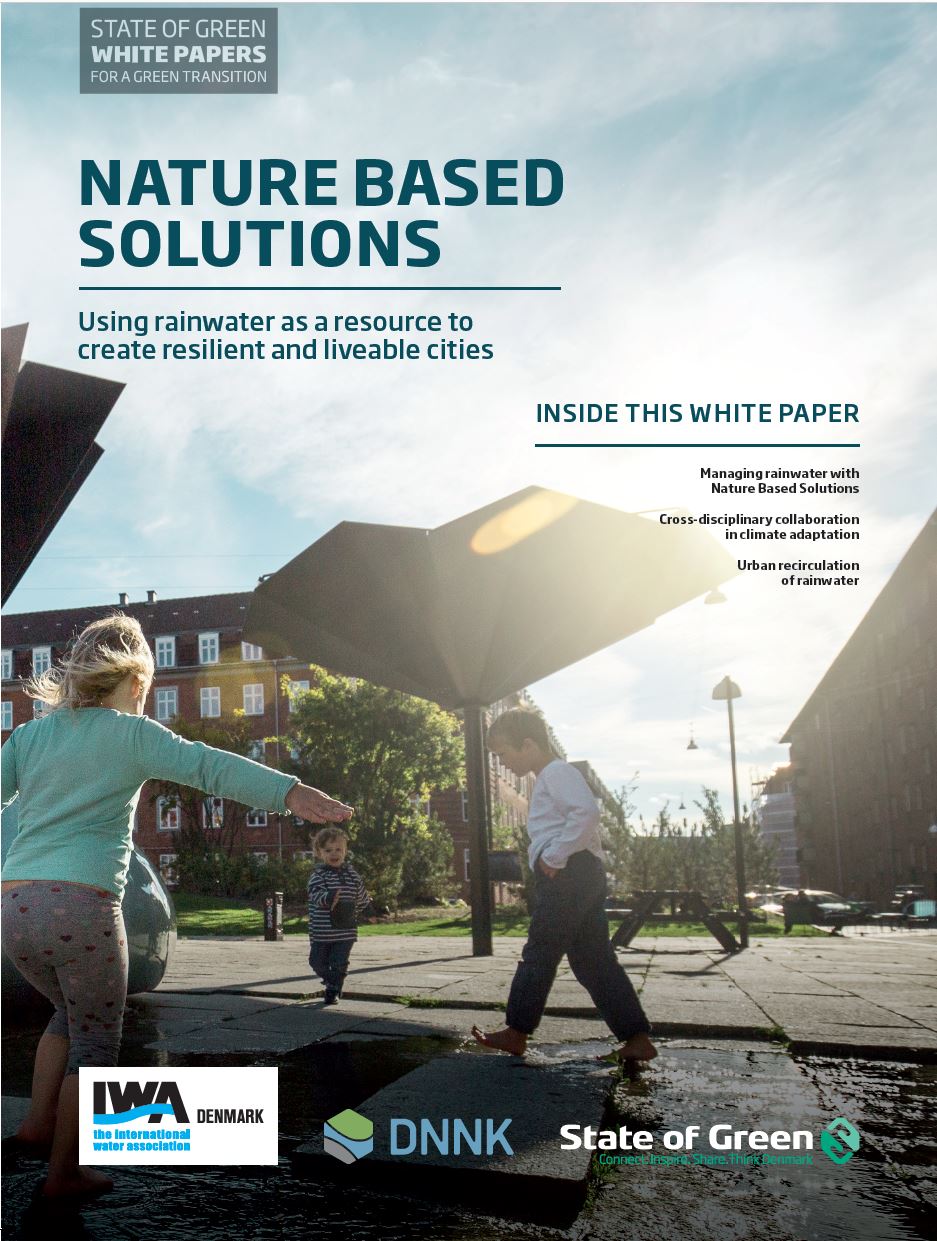Lea Wermelin
Lea Wermelin, Minister for Environment, Denmark
Perspective
Nature based solutions
Urban water management



Lea Wermelin, Minister for Environment, Denmark
As the climate changes and the number and frequency of rainfall events increases, so does the need for intelligent rainwater management solutions. Like many other countries, Denmark has experienced the consequences of a changing climate first-hand. Over the past decade, we have witnessed extreme rain events that have caused flooding and damages to homes as well as infrastructure.
According to the Fifth Assessment Report from the IPCC, we can expect even more frequent and more extreme weather events in the years to come. Finding new and innovative solutions to managing rainwater in our cities should therefore be a focal point for cities and water utilities around the world.
“Denmark’s experience shows that climate adaptation and rainwater management can be turned into an opportunity to create not only more resilient but also more liveable cities” – Lea Wermelin
Increasing precipitation caused by climate change is putting greater pressure on our sewerage systems. However, rather than simply replacing existing pipes with larger ones, benefits can be achieved by focusing on more intelligent rainwater management which detains the rainwater in existing
structures or distributes it to areas where it creates the least damage.
Efforts to create more climate resilient cities are well underway in Denmark where we have had with a national action plan for a National Action Plan for a Climate-Proof Denmark since 2012. Today, all municipalities must have a local climate adaptation plan, which addresses the specific climate change-related risks in their area.
More and more Danish cities and water utilities are looking into managing rainwater as close to the source as possible and diverting it away from the sewerage systems and wastewater treatment plants, thereby bringing down the risk of combined sewer overflows. Solutions that manage increasing volumes of rainwater span from hydraulic models for the planning phase to solutions for local detention of rainwater such as subsurface infiltration beds, green roofs and permeable paving, to drainage solutions such as separate sewers for rainwater and sewage water as well as local rainwater treatment via roadside infiltration beds etc.
By combining climate adaptation measures with exciting urban development, Nature-based Solutions can contribute to making cities not only more resilient to climate change but also more attractive places to live.
The best examples of Nature-based Solutions succeed in solving more than one problem at the same time. Holistic solutions, however, require close collaboration between authorities, water utilities, organizations, private companies and individuals. Denmark has a long tradition of such collaboration. This has brought us far. We are proud of our results and solutions. And we are eager to share our experiences and lessons learned with other countries.

This article is part of our publication ‘Nature-based solutions’.
Download nowNews
Energy efficiency in buildings
+21